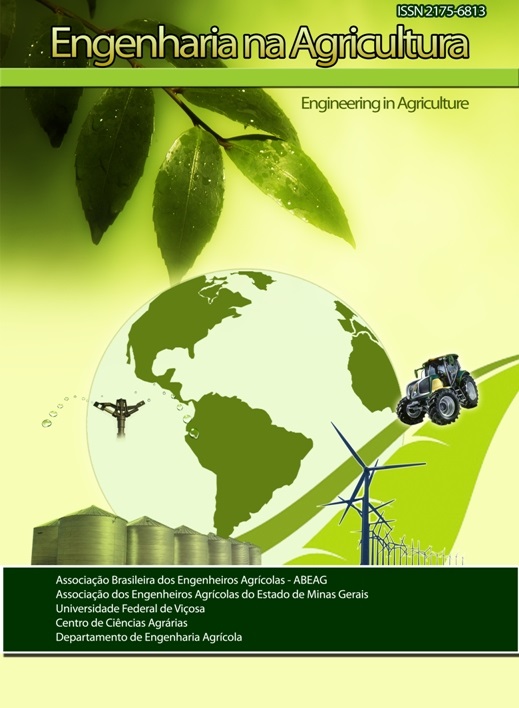EFFECTS OF THE USE OF FLOATING ROW COVERS ON ENVIRONMENTAL VARIABLES AND CROP YIELD LETTUCE
DOI:
https://doi.org/10.13083/reveng.v25i1.692Keywords:
Lactuca sativa var. capitata, protección, radiación fotosintéticamente activa, temperatura, rendimientoAbstract
This study aims to evaluate the effect of protecting floating row covers on the behavior of environmental variables and the yield of a crop of lettuce. For it was sowed during two seasons autumn-winter cultivar of butterhead lettuce type (Lactuca sativa var. capitata) in germination trays of 128 cells with subsequent transplantation field performed at 37 (cycle 1) and 49 (cycle 2) days after sowing. The treatments were: 1)- Crop protected with floating row cover (MT); 2)- Control unprotected (T) in an experimental design in split plots with 3 repetitions. The plantation frame used was 0.35 m between rows and 0.25 m between plants and irrigation was made by a drip system. The effect of floating row cover on the transmissivity of photosynthetically active radiation (PAR), temperature and relative humidity, crop yield, heat summation in degree.days-1 from trasplant to harvest (ºC.ddt-1) and efficiency of use of radiation (EUR) was evaluated. The results showed an average transmissivity of 63.1% RFA, temperature increase of minimum, average and maximum air 1.1; 2.0 and 3.1 °C respectively, and 4.3% relative humidity. The fresh weight yield (t ha-1) showed statistically significant differences between treatments, being 38.2 (MT); 15.5 (T) for cycle 1 and 33.8 (MT) and 14.7 (T) for cycle 2. The heat summation and EUR was higher in the treatment with floating row cover. Crop protection allows greater earlier maturity with significant performance improvements.Downloads
Downloads
Published
How to Cite
Issue
Section
License
Authors who publish with this journal agree to the following terms:
The author(s) authorize(s) the publication of the text in the journal;
The author(s) ensure(s) that the contribution is original and unpublished and that it is not in the process of evaluation by another journal;
The journal is not responsible for the views, ideas and concepts presented in articles, and these are the sole responsibility of the author(s);
The publishers reserve the right to make textual adjustments and adapt texts to meet with publication standards.
From submission, the author is fully conceding the paper's patrimonial rights to the publication, but retaining the owner of its moral rights (authorship and paper's identification) according to Creative Commons Attribution-Noncommercial.








 Licensed by
Licensed by 